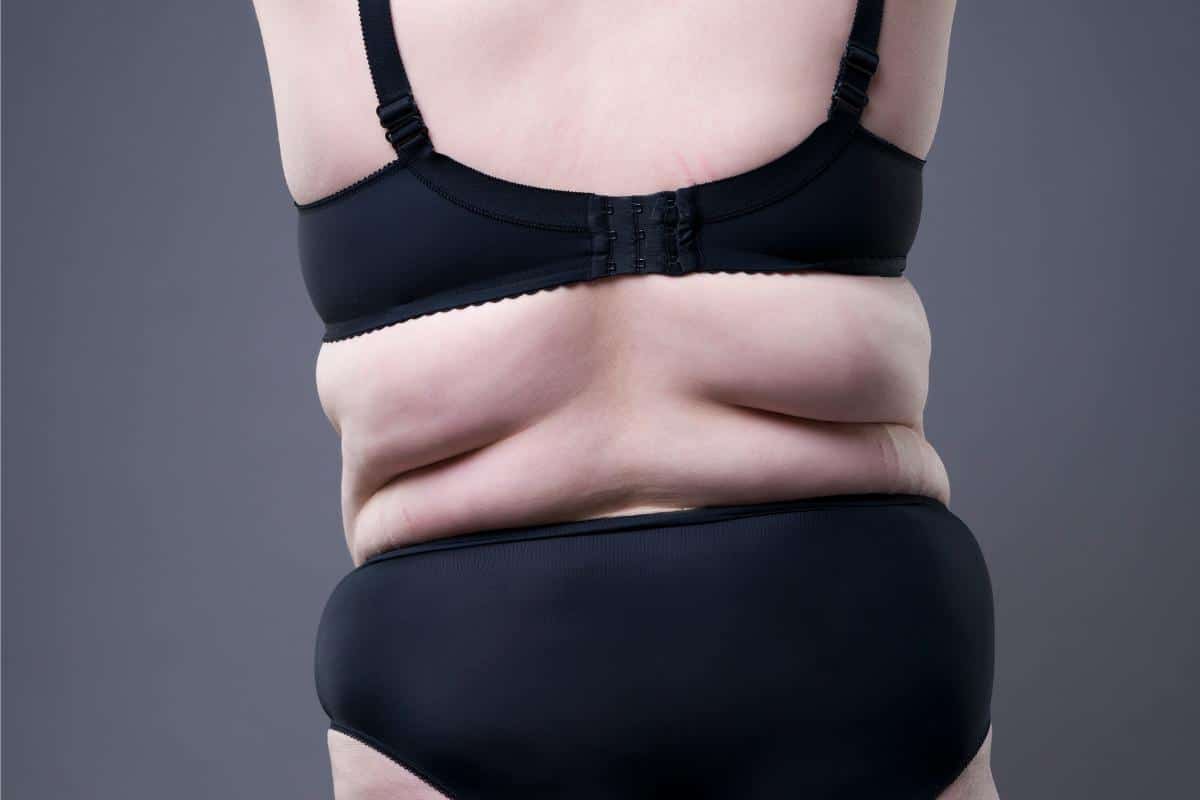Do you want to understand how to get rid of back fat? Many individuals, irrespective of gender or age, find themselves battling the appearance of excessive ripples on their backs. Commonly referred to as “back fat,” this can be a challenging area to address. However, understanding its causes and effective remedies can pave the way for a sculpted back.
What is Back Fat?
Back fat refers to the excess fatty deposits that accumulate around the upper and lower back. These deposits can cause rolls or bulges around the bra line for women, and around the waistline for both men and women.
Causes of Back Fat
- Genetics: Just as some people may inherit a predisposition for carrying excess weight in their thighs or belly, others might find it accumulating on their backs.
- Age: As we age, our metabolism naturally slows down, leading to weight gain in various parts of the body, including the back.
- Poor Diet: Consuming excessive amounts of processed foods, sugars, and unhealthy fats can contribute to weight gain overall, including on the back.
- Lack of Physical Activity: A sedentary lifestyle can result in weight gain and muscle atrophy, reducing the definition of the back muscles.
How to Reduce Back Fat
- Balanced Diet: Consuming a diet rich in whole foods, lean proteins, healthy fats, and complex carbohydrates can promote weight loss.
- Cardiovascular Exercise: Cardio workouts, such as running, swimming, or cycling, can help in burning calories and reducing overall body fat.
- Strength Training: Specific exercises like lat pull-downs, push-ups, dumbbell rows, and T-Y-I raises can target and tone the muscles of the back.
- Maintain a Healthy Lifestyle: Ensuring adequate sleep, managing stress, and staying hydrated can support your weight loss goals.
Common Myths about Reducing Back Fat
- Spot Reduction Works: One of the most prevalent myths is that you can lose fat from a specific area by targeting it with exercises. While exercises can tone the muscles underneath, weight loss from a particular area requires overall body fat reduction.
- Wearing Waist Trainers: While they might offer a temporary slimming effect, waist trainers do not contribute to fat loss. They might even cause harm by restricting breathing and causing discomfort.
- Miracle Creams and Treatments: Many products promise to melt away fat, but there’s no scientific evidence to support these claims. Effective weight loss requires a combination of diet, exercise, and a healthy lifestyle.
Conclusion
Back fat, while challenging, is not insurmountable. With a comprehensive understanding of its causes and effective strategies for reduction, anyone can work towards a fitter, more sculpted back. Remember, consistency is key, and it’s essential to approach any fitness journey with patience and determination.
For more insights and tips on health and fitness, visit TFClark Fitness Magazine.
Related Articles
- How to Best Stay Safe While Playing Sports at Any Age
- Shoulder Exercises – Top 5 Backed by Science to Grow Your Muscle
- How to Lose Belly Fat Fast with Exercise and Your Diet
- Durable – Why Running Backs Don’t Last Long in the NFL
- Blockchain – the Future of Healthcare?
Join the Faith & Fitness Family
Subscribe now and get exclusive access to Bible-based fitness content and more!
Bonus: iPhone users get a 14-day free trial of our Faith & Fit workout app!
📩 Important: Please confirm your subscription within 7 days. Unconfirmed emails will be removed to help prevent spam and ensure we only send content to those who want it.
👉 Stay strong in faith and fitness — subscribe today!






